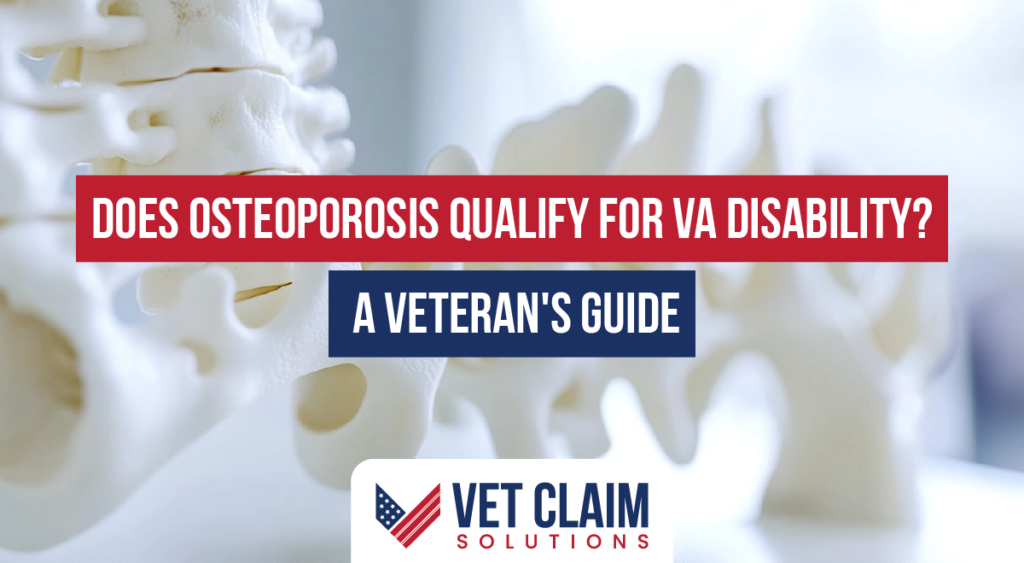As a veteran, you may wonder, “Does osteoporosis qualify for VA disability?” It’s a valid question, especially if this condition impacts your daily life. This article helps you understand VA disability compensation for osteoporosis. We’ll discuss service connection and how the VA rates this “silent” disease.
Understanding Osteoporosis
Osteoporosis weakens bones, making them brittle and prone to fractures. This happens when bone cell regeneration can’t keep up with the natural decay of old bone cells.
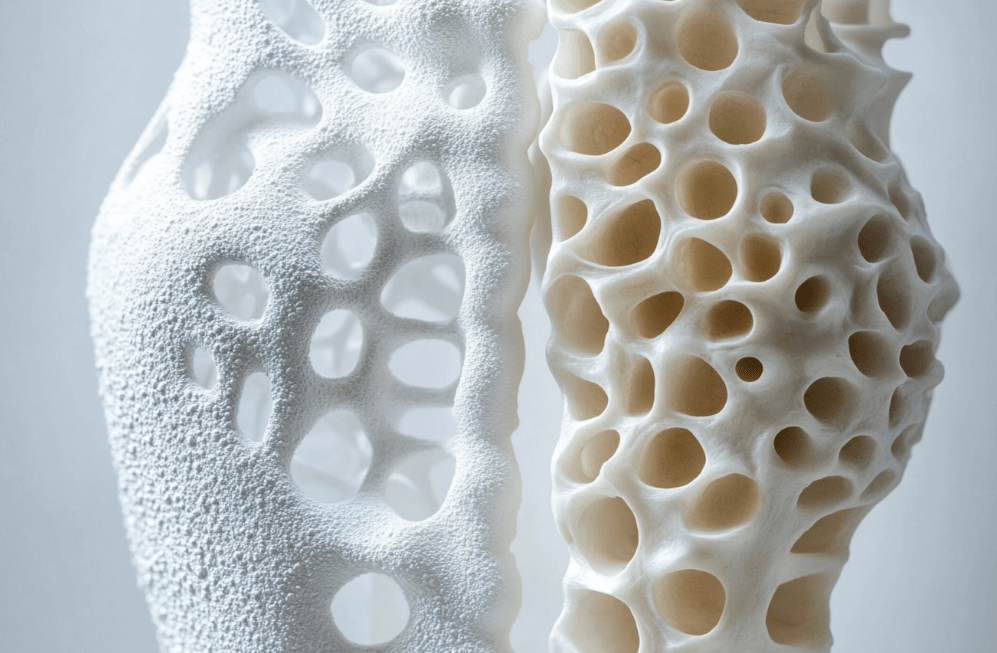
A simple cough or a minor fall can lead to a broken bone. Fractures commonly occur in the hips, wrists, and lumbar spine.
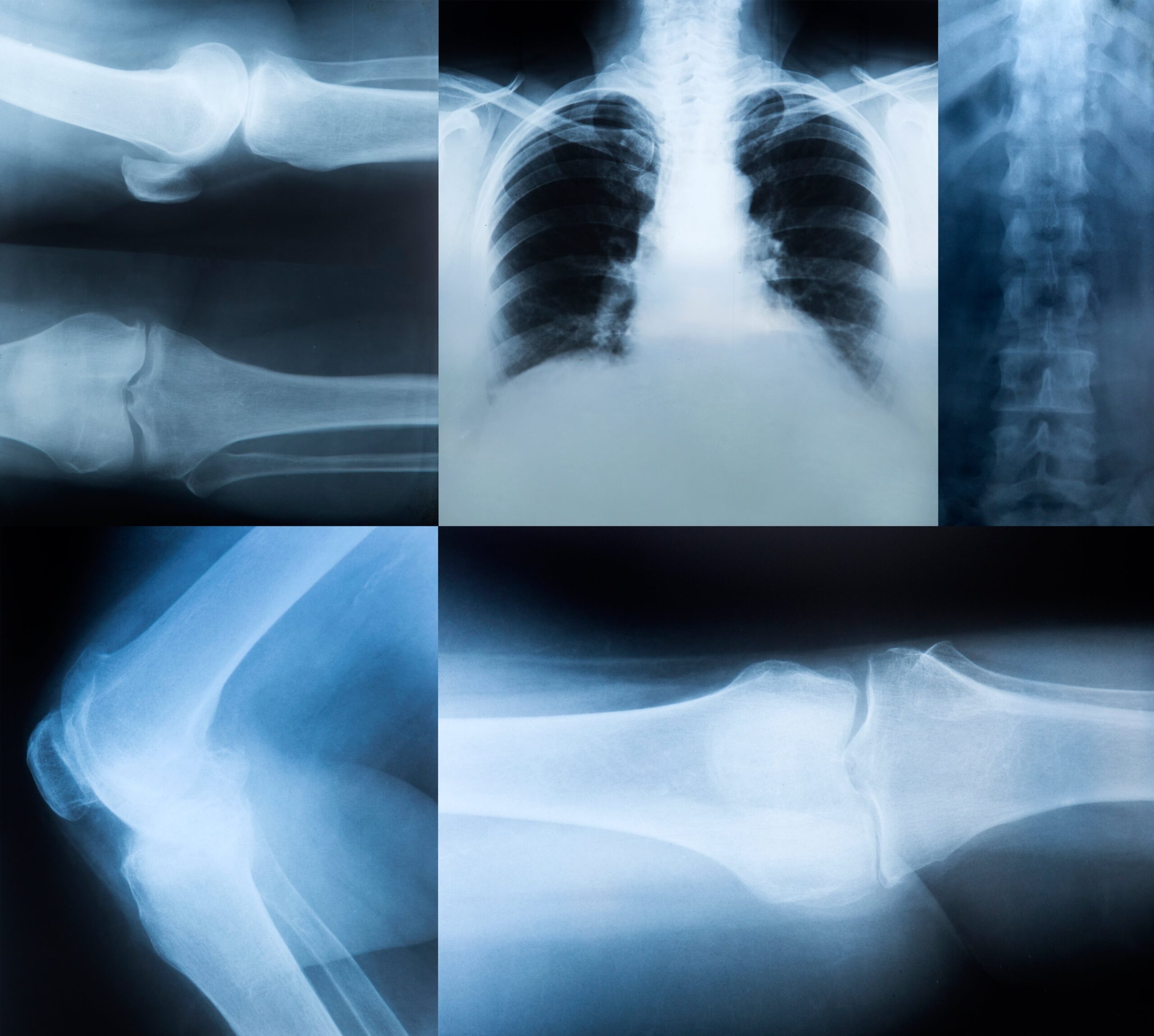
Osteoporosis is often called a “silent” disease because people often don’t know they have it until a bone breaks. American women diagnosed with osteoporosis frequently lose height and develop a stooped posture due to collapsed vertebrae.
Does Osteoporosis Qualify for VA Disability? Service Connection
The VA recognizes osteoporosis as a qualifying condition for disability benefits. However, you must establish a service connection. This means demonstrating that your osteoporosis resulted from or was worsened by an event, injury, or illness during your military service.
A current osteoporosis diagnosis, evidence of the military service incident, and a medical nexus opinion establishing a causal link are required. Consider consulting the Veteran’s Range for assistance with your VA claim.
Direct Service Connection
Direct service connection is established when there’s a direct link between your osteoporosis and a documented military incident, injury, or exposure. This means you experienced something in the military directly leading to or worsening your osteoporosis.
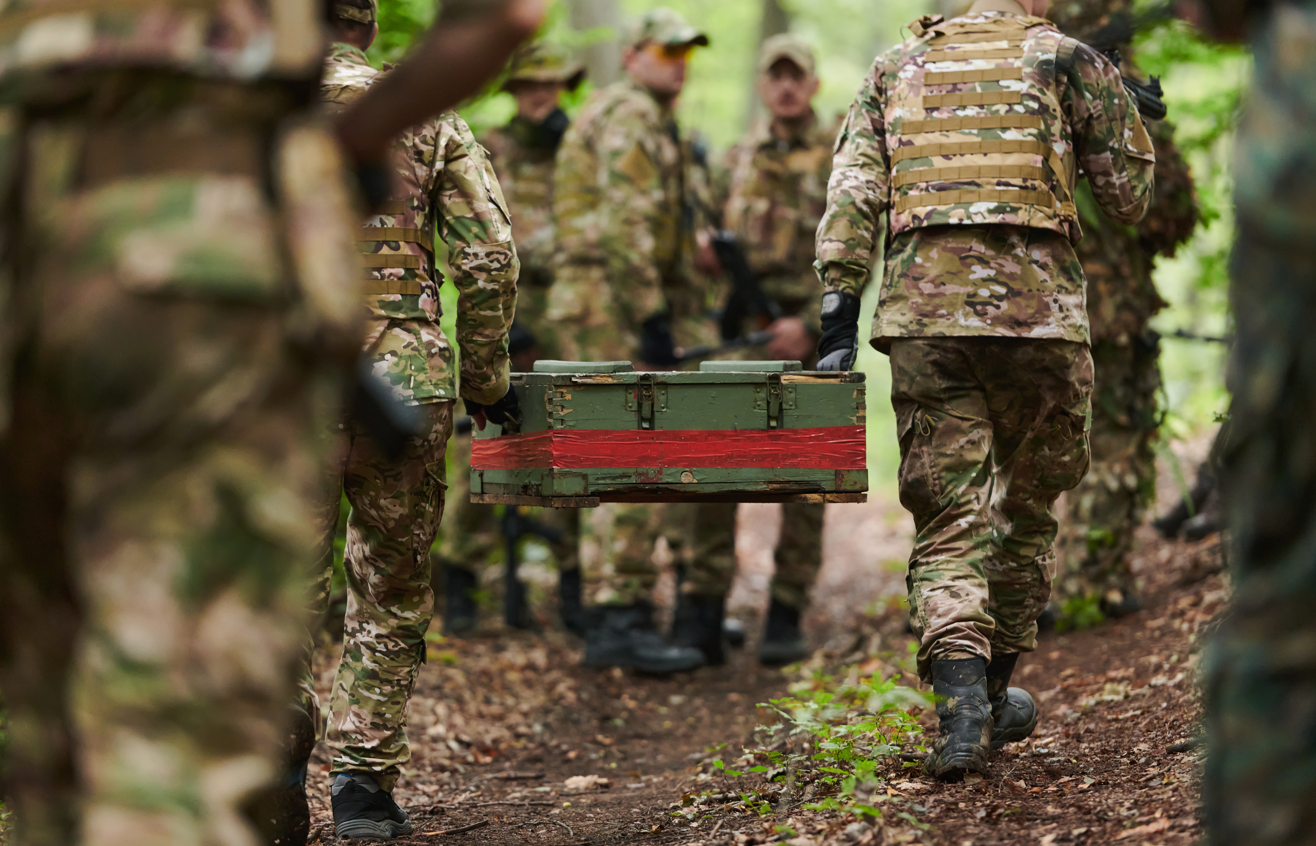
Examples include malnutrition, hormonal deficiencies, and direct trauma from service activities affecting calcium absorption. Prior bone injuries can also be a risk factor for developing osteoporosis and play a role in VA claims.
Secondary Service Connection
If your osteoporosis results from another service-connected condition, this is a secondary service connection. This means the incident during your service, like Agent Orange exposure, caused another medical issue (such as prostate cancer), ultimately causing your osteoporosis. Navy veterans and those who served in Operation Iraqi Freedom, Operation Enduring Freedom, or the Gulf War may have a higher probability of exposure to such agents.
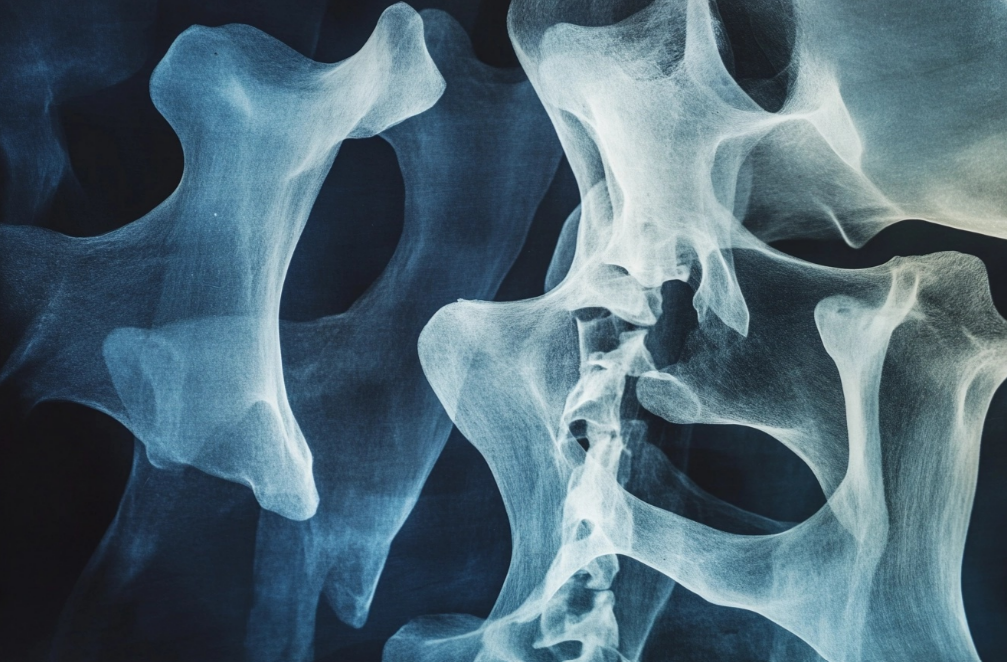
Studies have shown a link between certain medical conditions and osteoporosis, providing supporting evidence for VA disability. Other primary medical conditions for service connection include eating disorders, liver disease, and kidney disease. These conditions increase the likelihood of bone density problems and qualifying a claim related to osteoporosis.
Even common PTSD medications increase this risk. The hormonal changes linked to PTSD and medications like hormone and androgen replacement therapy could potentially worsen or cause osteoporosis, establishing service connection. So, veterans with PTSD may experience a secondary presumptive service-connected incident.
How Osteoporosis Is Rated by the VA
The VA typically rates osteoporosis using an analogous rating system. It’s based on its impact on your range of motion or functional ability. Because it lacks its own diagnostic code, the VA rates osteoporosis similarly to degenerative arthritis osteoporosis.
Analogous Rating Criteria (Degenerative Arthritis – Diagnostic Code 5003)
When range of motion isn’t significantly affected, the VA uses diagnostic code 5003 for degenerative arthritis. Here’s how they break it down:
| Description | VA Rating |
|---|---|
| Osteoporosis in at least two major joints (shoulders, elbows, wrists, hips, knees, ankles) or two minor joint groups (hands, feet, spine) confirmed by X-ray evidence. | 10% |
| Same as above, plus documented “incapacitating episodes” making everyday tasks difficult. | 20% |
A rating from 10-20% is awarded only if you don’t have a pre-existing rating affecting the same joints.
Limitation of Motion Rating
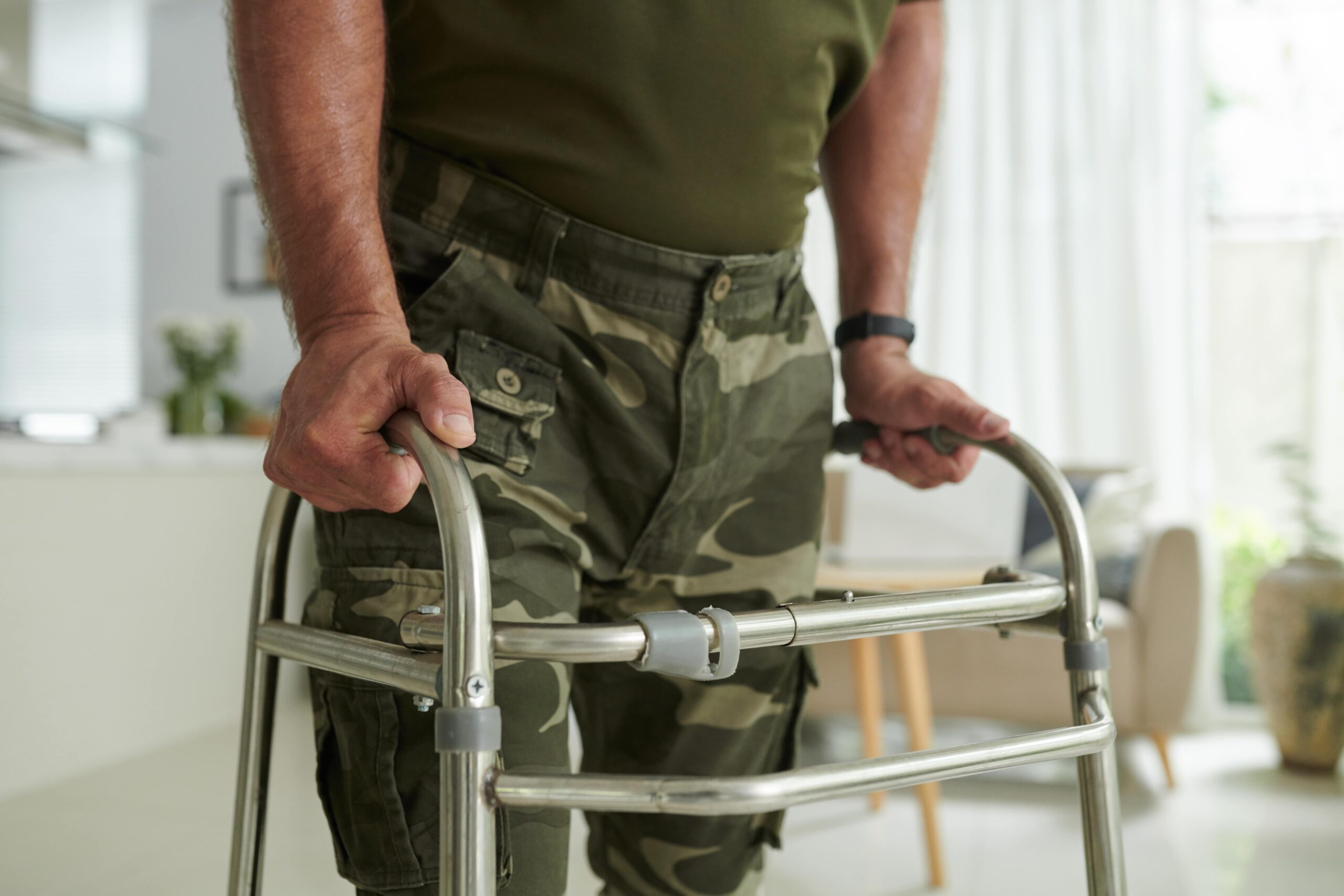
If osteoporosis severely restricts movement, the rating relates to the affected body part’s range of motion limitations. Diagnostic code 5250 provides the following example for hip ankylosis:
| Description | VA Rating |
|---|
| Severe ankylosis, crutches required | 90% |
| Intermediate ankylosis | 70% |
| Mild ankylosis | 60% |
Because osteoporosis can impact several body areas in varying degrees, there could be several ratings assigned. This could potentially add to a significant increase, making any claim more relevant. Consulting legal representation could aid you in successfully filing claims or appealing denied ones and may increase your benefits from previously filed claims for osteoporosis.
Presumptive Service Connection for Osteoporosis
Under certain circumstances, a presumptive service connection may apply. This includes osteoporosis for former prisoners of war (POWs). If you were a POW for 30 days or more and suffer from osteoporosis, this presumption could significantly shorten the claims process. It can also help qualify a broader category of bone density reduction related conditions, including ratings from 1-100 percent.

Another presumption exists for former POWs held for any length of time. As described in Title 38 of federal guidelines, this can often include bone density and osteoporosis claims. These are often related to limited or suggestive evidence demonstrating a statistically relevant association or medical causation resulting from the conditions of being a POW.
Former POWs diagnosed with PTSD have a valid presumption of meeting the requirements using PTSD-related criteria or based on detention timelines. A medical opinion to connect military service or conditions as the reason for your osteoporosis isn’t necessary.
TDIU and Osteoporosis
If service-connected osteoporosis keeps you from steady employment, you could be eligible for Total Disability based on Individual Unemployability (TDIU) benefits. You’re paid at the 100% disability rate with TDIU, even if your combined disability rating is less.
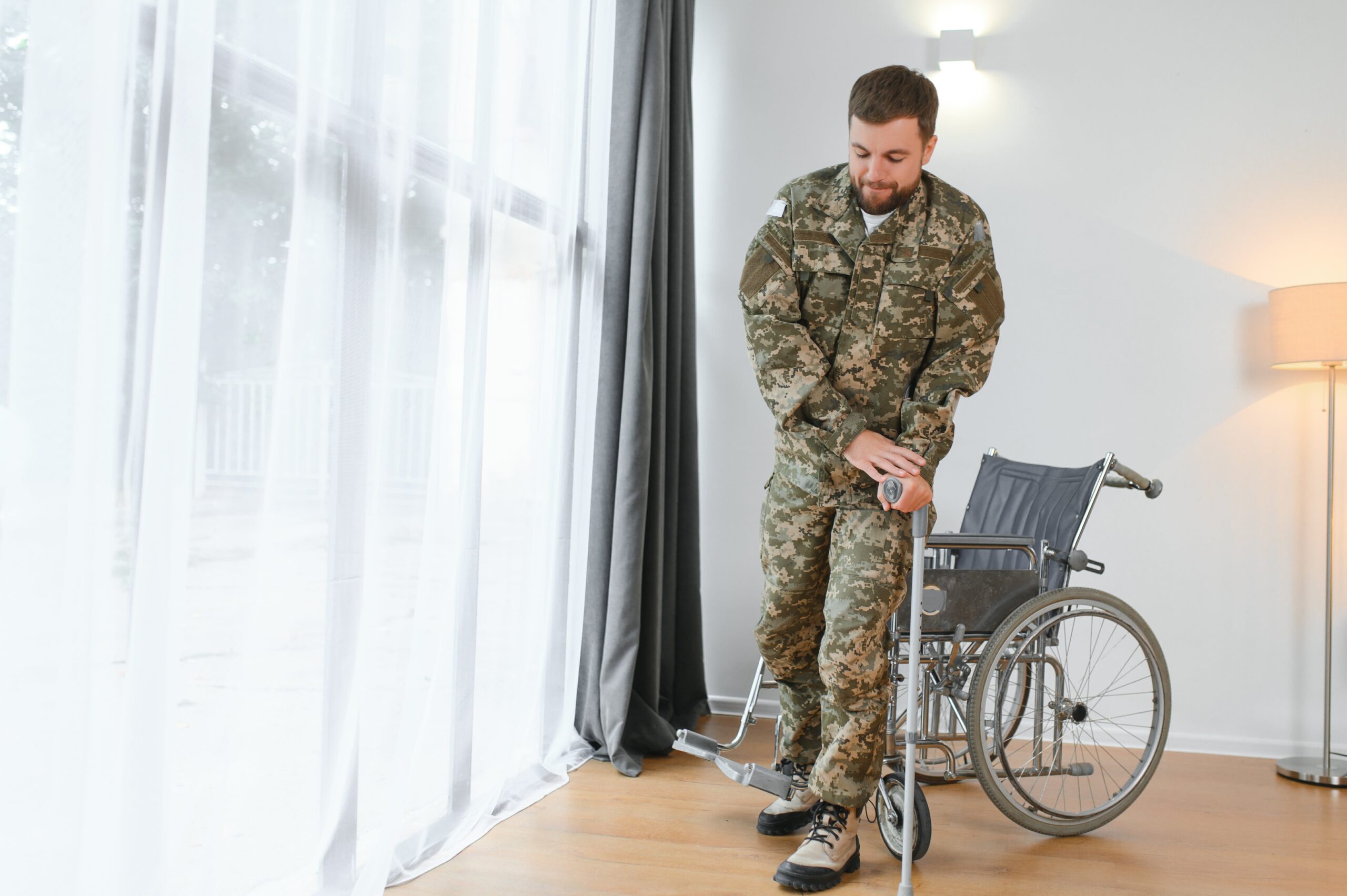
According to 38 CFR § 4.16a, schedular TDIU generally means having at least one disability at 60% or higher. It also can mean having two or more disabilities combining to 70% with at least one condition rated as 40%.
Schedular TDIU combined with multiple claims and established secondary causes for service connection could possibly push disability ratings over the threshold required for these benefits. Another classification exists under “extraschedular TDIU.” This applies to specific ratings and criteria, which don’t include osteoporosis.
Filing for VA Disability for Osteoporosis

You must submit VA Form 21-526EZ to apply for VA disability benefits for osteoporosis. Filing options include:
- Online: via the VA’s eBenefits portal.
- By mail.
Along with your claim, include a current medical diagnosis, proof of military events impacting your condition, and an explanation connecting your condition to those service incidents. These can help your claim qualify. The VA can request additional tests independently using a Compensation & Pension exam (C&P exam).
Conclusion
So, does osteoporosis qualify for VA disability? Yes, but only with a demonstrated service connection—either direct or secondary. The VA rating depends on several factors, mainly your limited range of motion.
Thoroughly document your condition and file VA Form 21-526EZ. If you need additional information, message Vet Claim Solutions for assistance with VA claims and VA rates. This may increase the possibility for benefits related to osteoporosis. You may even qualify for increased benefit levels associated with secondarily related presumptive osteoporosis related conditions like fractures.


